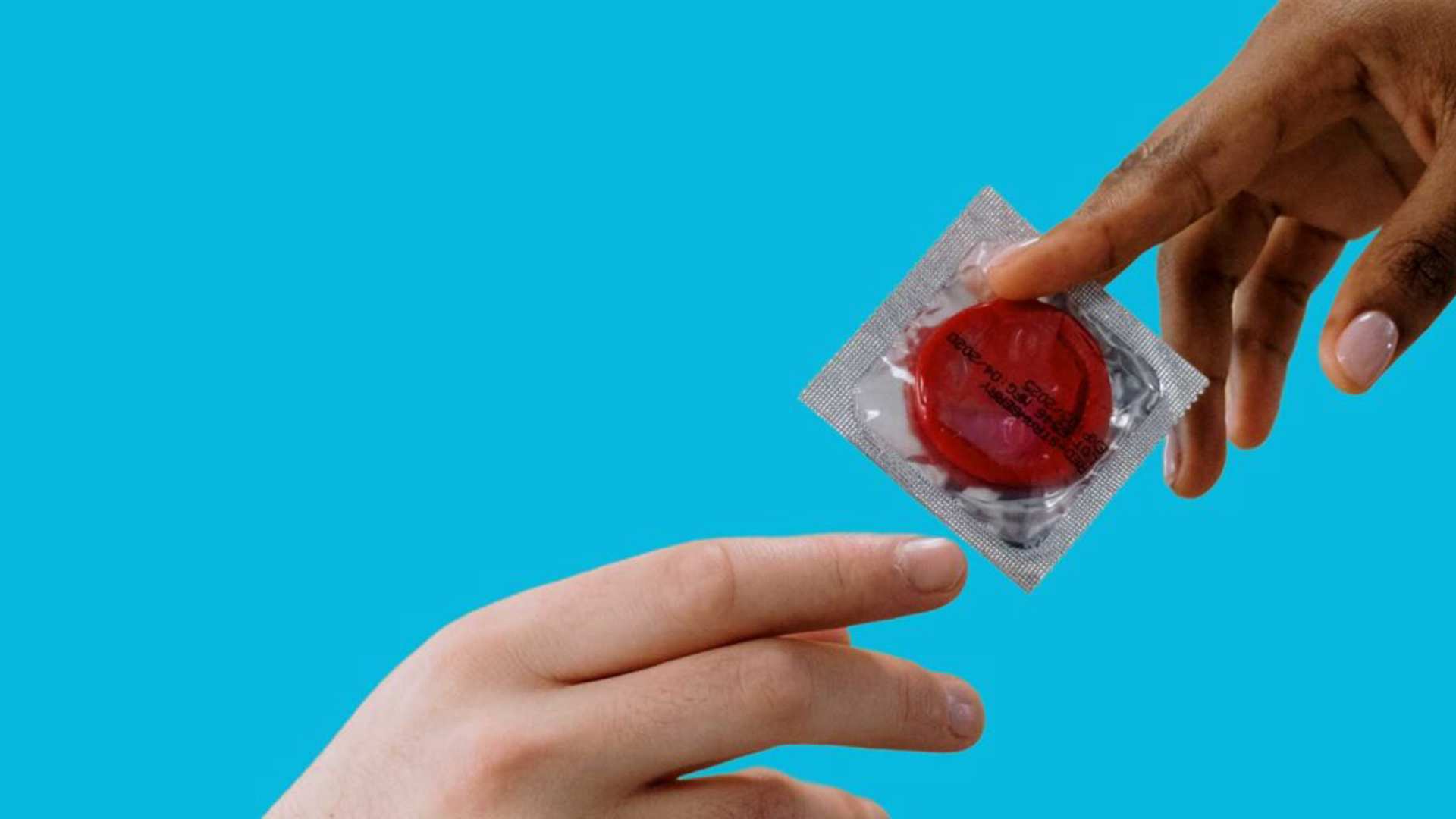
Contraceptive use can either be perfect (always correct) or typical (which usually applies to the average person, as it is sometimes difficult to use contraception correctly every time).
The failure rates quoted for the following contraceptive methods are based on typical use during the first year.
For example 13 out of every 100 women using condoms (87% effective) as their only method of contraception will become pregnant during the first year of use.
Fertility returns almost immediately after an abortion. Most methods of contraception can be started on the same day as your treatment so you can get protected straight away. It may help to consider the following methods before we discuss your contraceptive needs during your medical assessment.

Offers highly effective protection against pregnancy.
This is a rod of flexible plastic, about the size of a thin matchstick. It contains the hormone progestogen, which prevents the ovary from releasing an egg and thickens the cervical mucus to act as a barrier to sperm. A doctor or nurse inserts it under the skin of the upper arm after using a local anaesthetic. Once fitted you don’t have to think about contraception. It lasts for 3 years but can be removed at any time by a doctor or nurse and normal fertility will return.You may experience unpredictable bleeding.
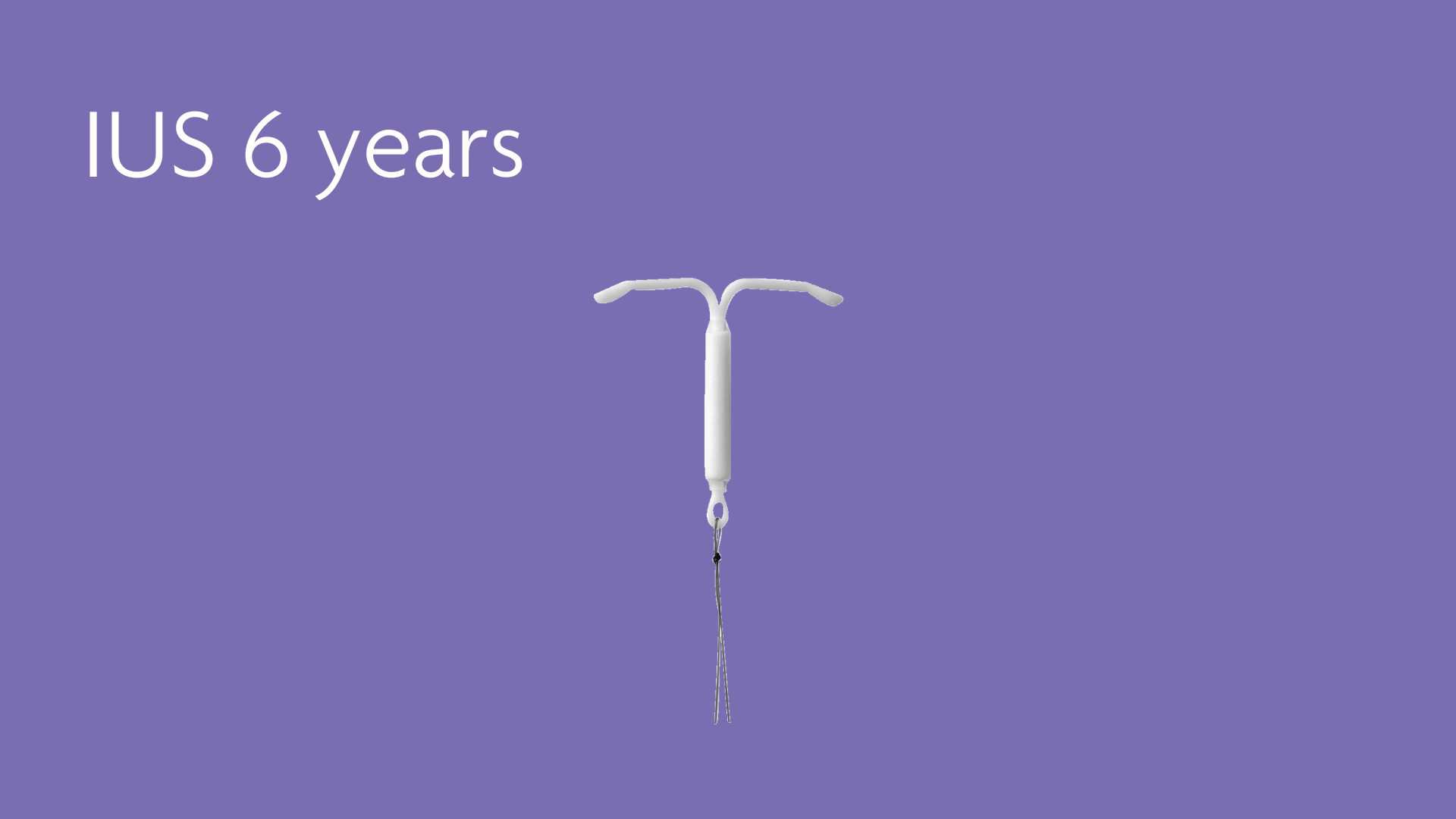
Offers highly effective protection against pregnancy.
A small plastic T-shaped device that continuously releases a small amount of the hormone progestogen, which interferes with implantation and thickens cervical mucus to act as a barrier to sperm. It requires a simple procedure, carried out by a doctor or nurse, to insert it into the uterus (womb). Once fitted you don’t have to think about contraception and it does not interfere with sex. Periods may become light or stop altogether, but you may experience unpredictable bleeding in the first few months of use. It lasts for up to 6 years but can be removed at any time by a doctor or nurse and normal fertility will return.
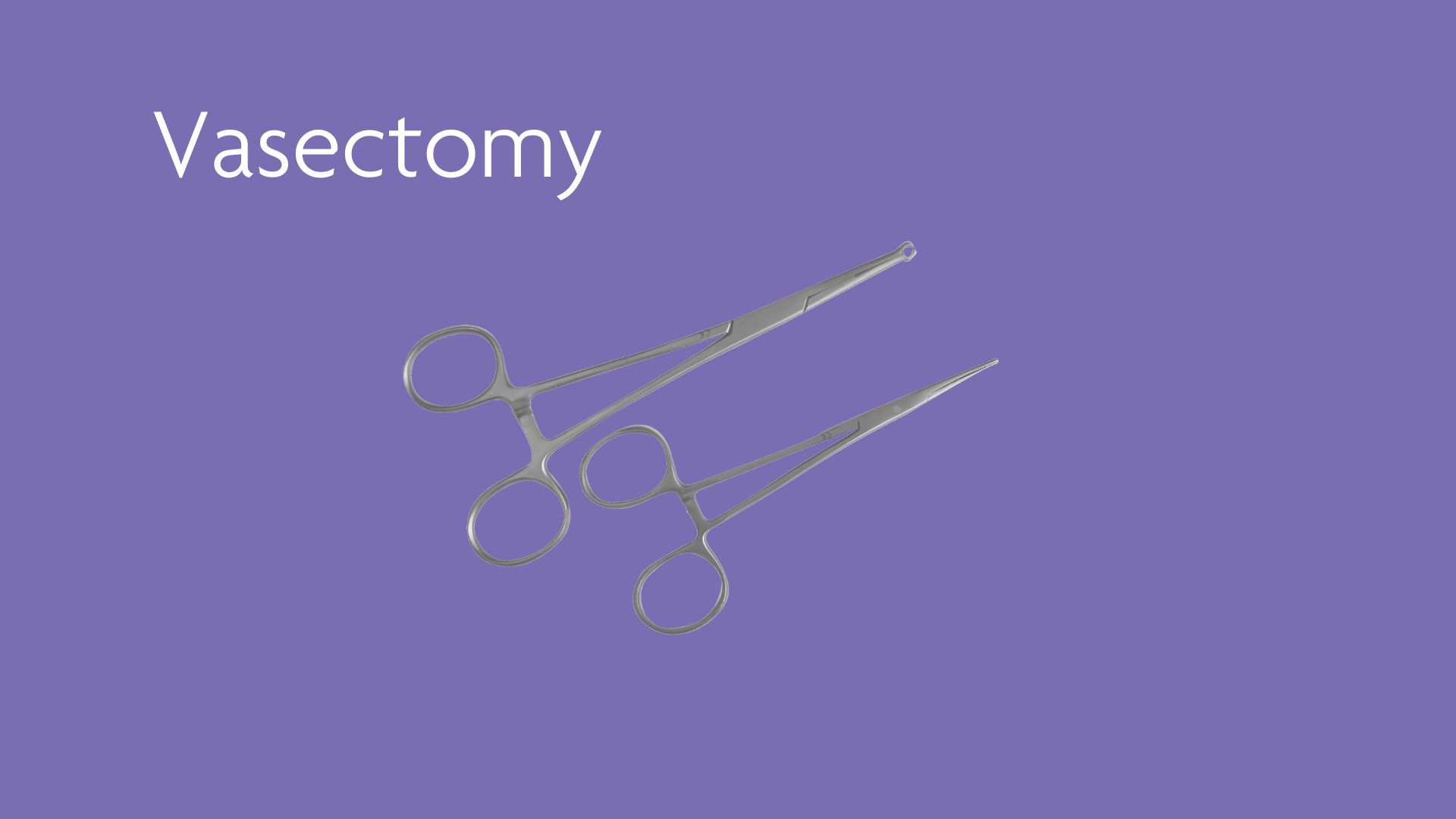
Offers highly effective protection against pregnancy.
The tubes that carry sperm from the testicles to the penis (the vasa deferentia) are tied or sealed so that there is no sperm in the semen when a man ejaculates. This method of contraception involves a simple and quick operation and should be considered permanent. It is possible to reverse the operation, but it is difficult and not always successful.
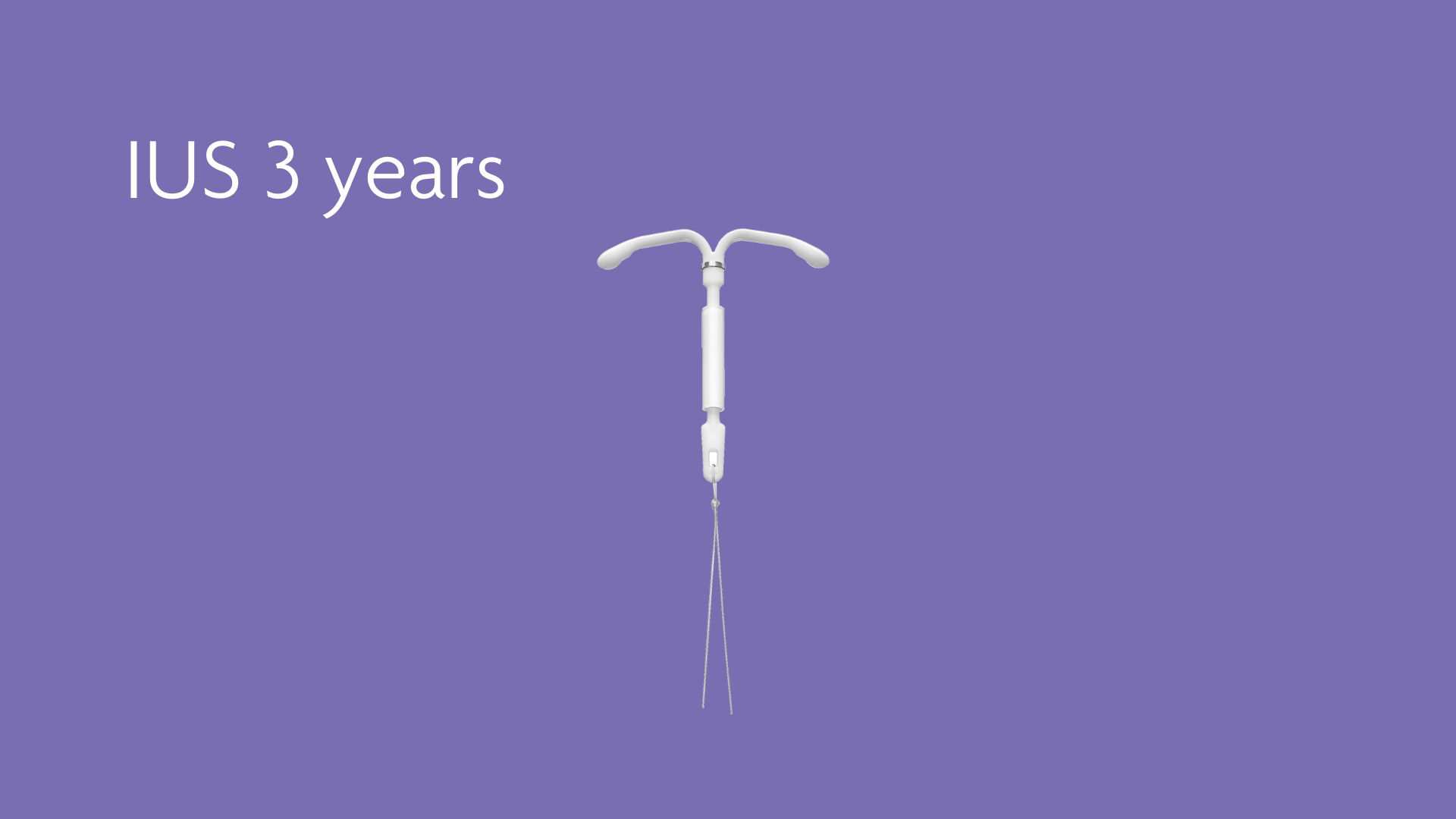
Offers highly effective protection against pregnancy.
A small plastic T-shaped device that continuously releases a small amount of the hormone progestogen, which thickens cervical mucus to act as a barrier to sperm and interferes with implantation. A doctor or nurse inserts it into the uterus (womb). Once fitted you don’t have to think about contraception and it does not interfere with sex. Periods may become lighter, but you may experience unpredictable bleeding in the first few months of use. It lasts for up to 3 years but can be removed at any time by a doctor or nurse and normal fertility will return
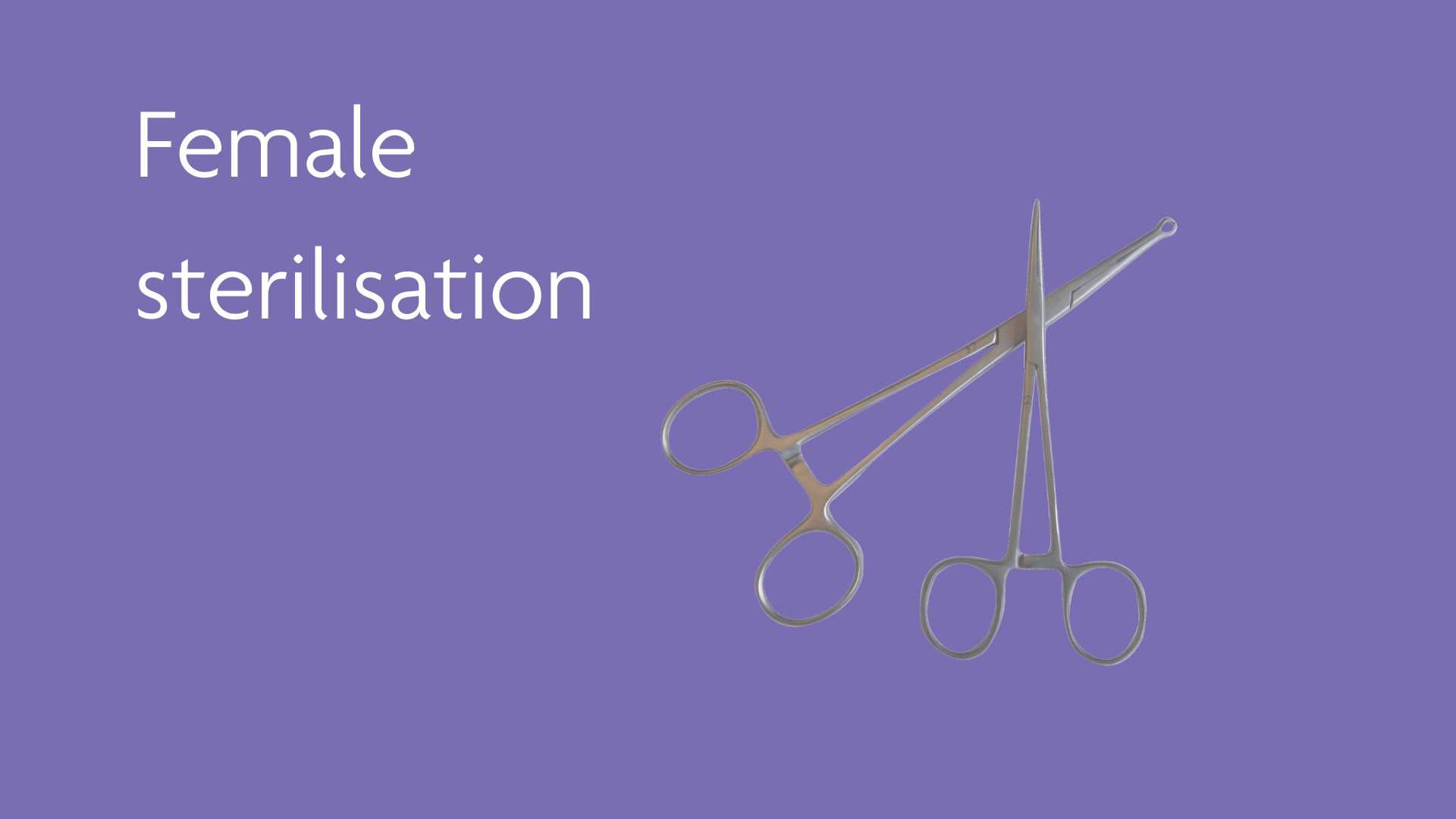
Offers highly effective protection against pregnancy.
The tubes between the ovary and the womb (the fallopian tubes) are cut or blocked with rings or clips. This stops the eggs released by the ovary from reaching the uterus. This method of contraception involves an operation and should be considered permanent. It is possible to reverse the operation, but it is difficult and not always successful.
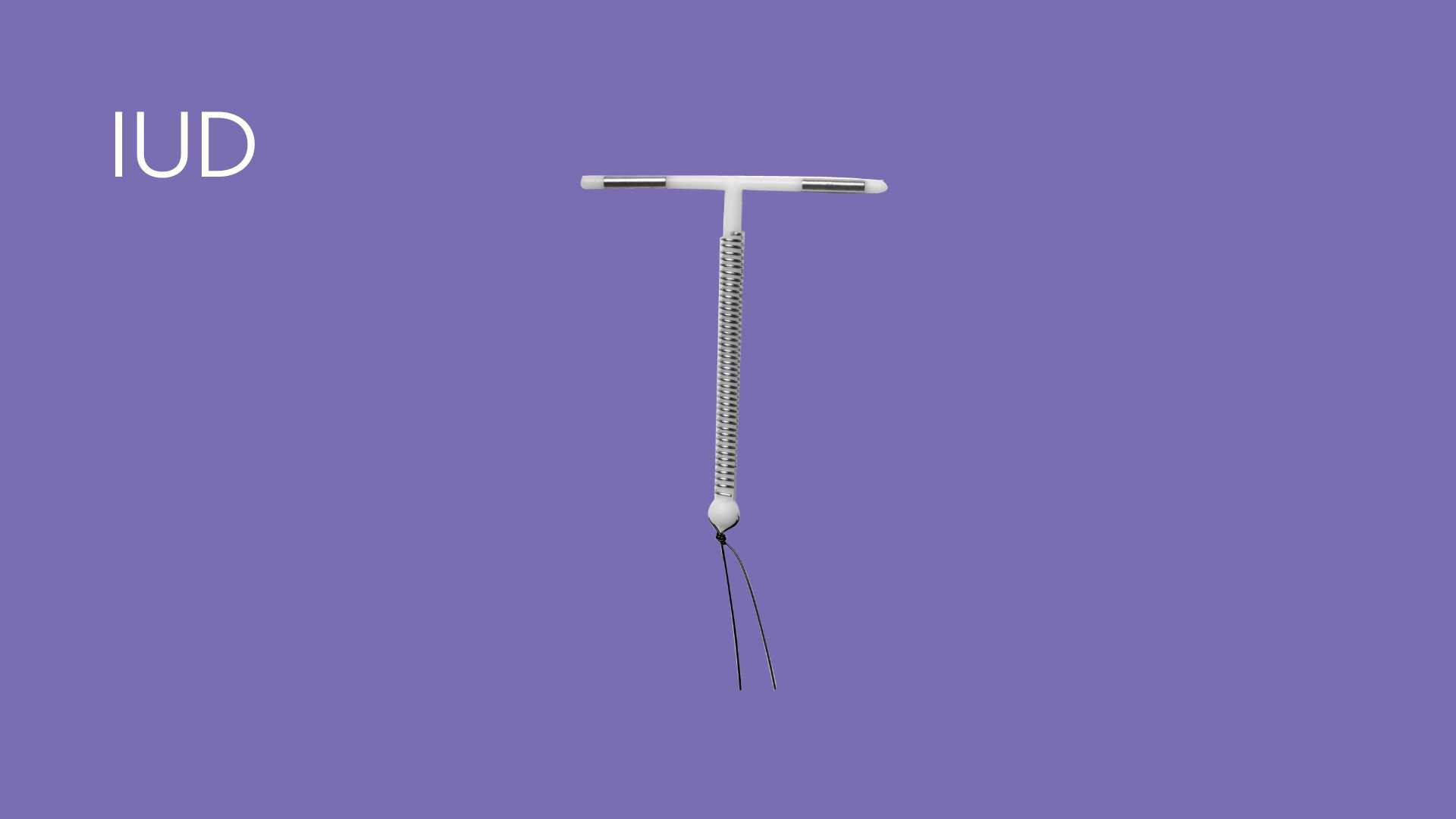
Offers highly effective protection against pregnancy.
A small, T-shaped piece of flexible plastic and copper that is fitted inside the uterus (womb) by a doctor or nurse. The copper is toxic to sperm. Once fitted you don’t have to think about contraception and it does not interfere with sex. It can be left in place for up to 10 years (or longer in certain cases) but can be removed at any time by a doctor or nurse and normal fertility will return. In contrast to the IUS, periods may become heavier, longer or more painful.
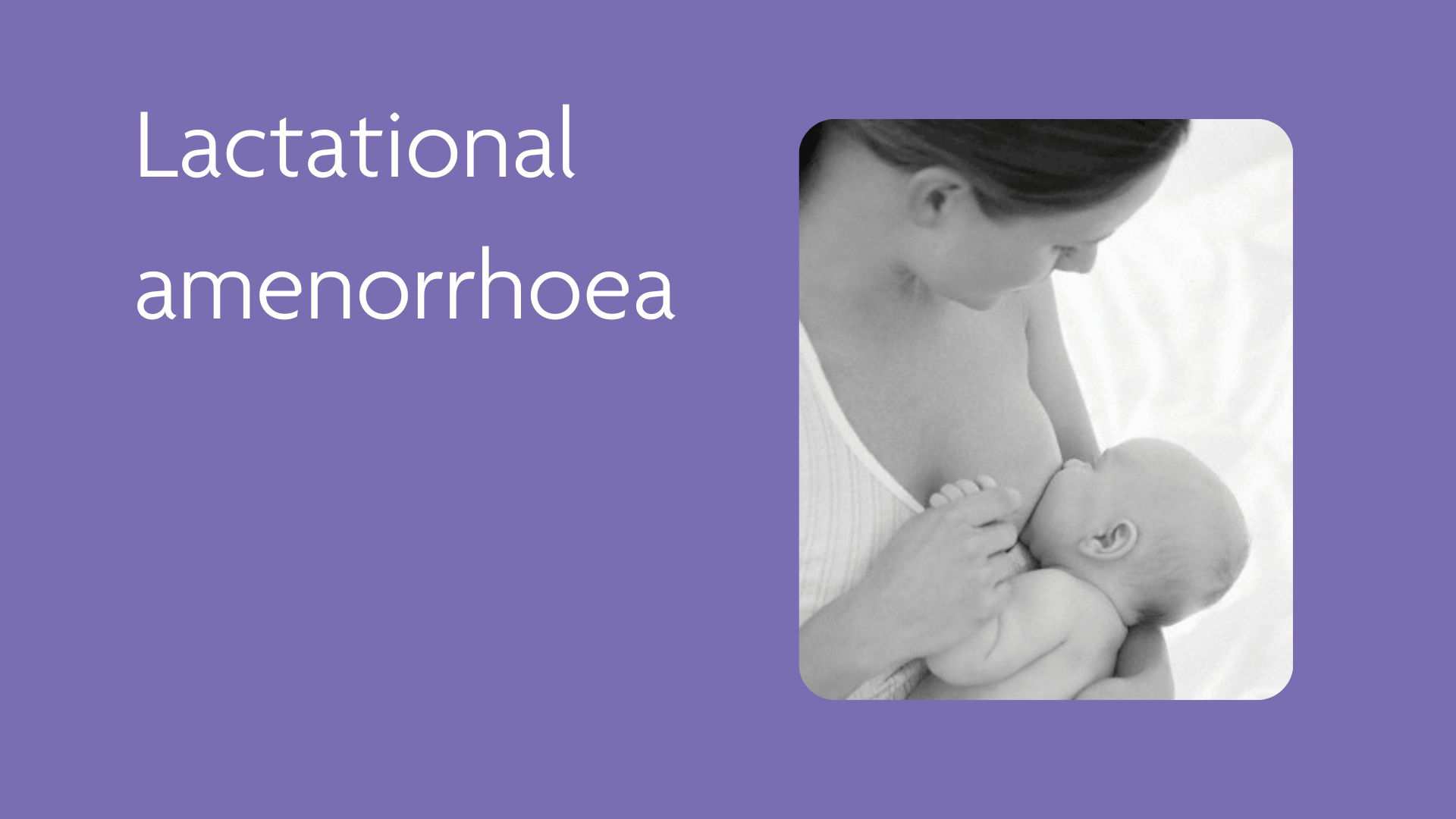
A highly effective temporary method.
During breastfeeding, ovulation is suppressed. A woman can use LAM if her menstrual period has not returned since delivery, she is breastfeeding her baby on demand day and night, is not feeding other foods or liquids regularly, and her baby is less than 6 months old.
Another method of contraception must be used as soon as any of these criteria change. Click here for more information.
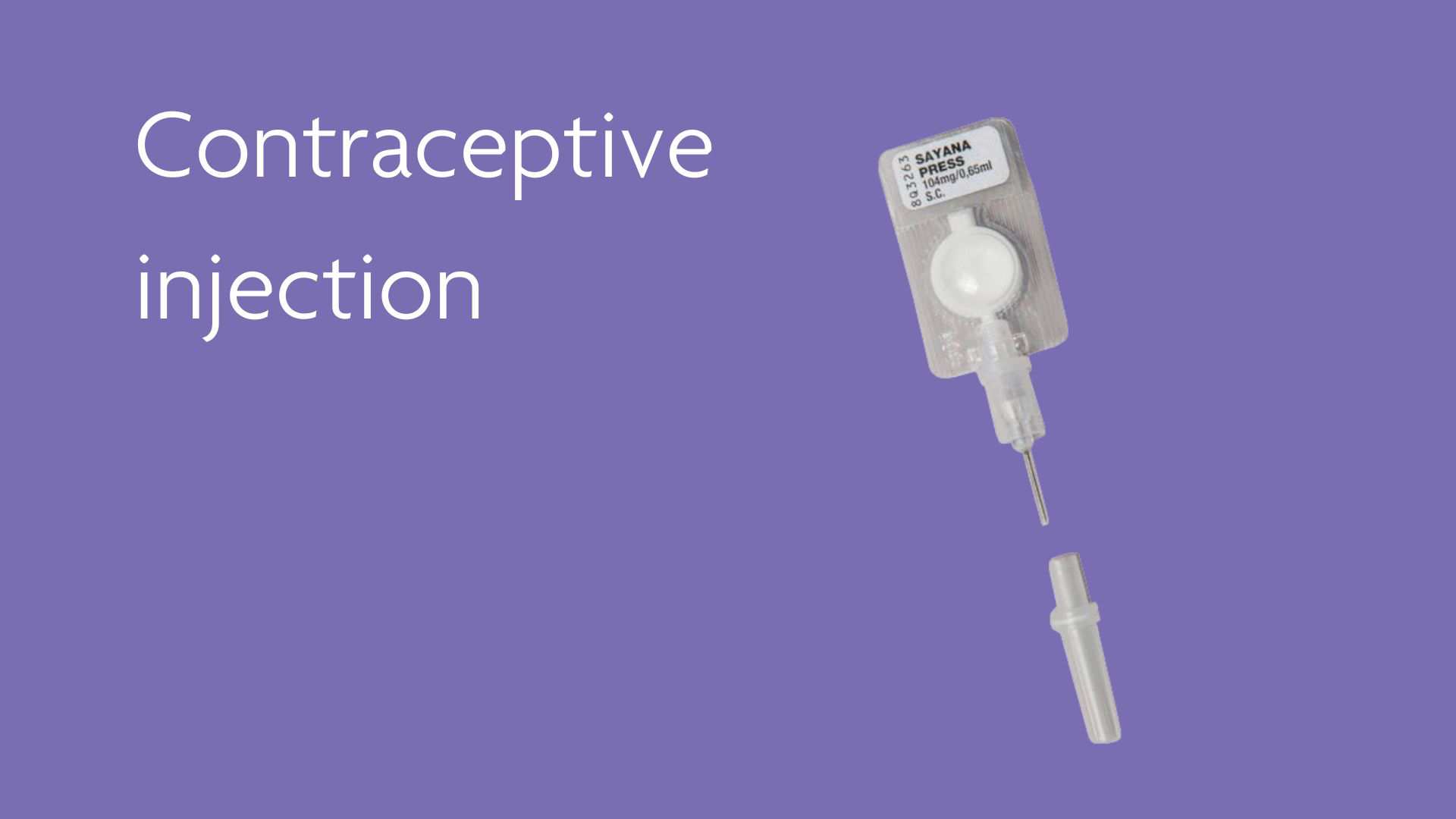
Offers effective protection from pregnancy.
An injectable form of the hormone progestogen. It works by preventing the ovary from releasing an egg. It must be given every 3 months. It can cause unpredictable bleeding, however, periods usually become lighter or stop altogether. You may experience weight gain with this method, but not all women do. The injection takes around 12 weeks to leave the body if side effects do occur. It can take time for fertility to return to normal.
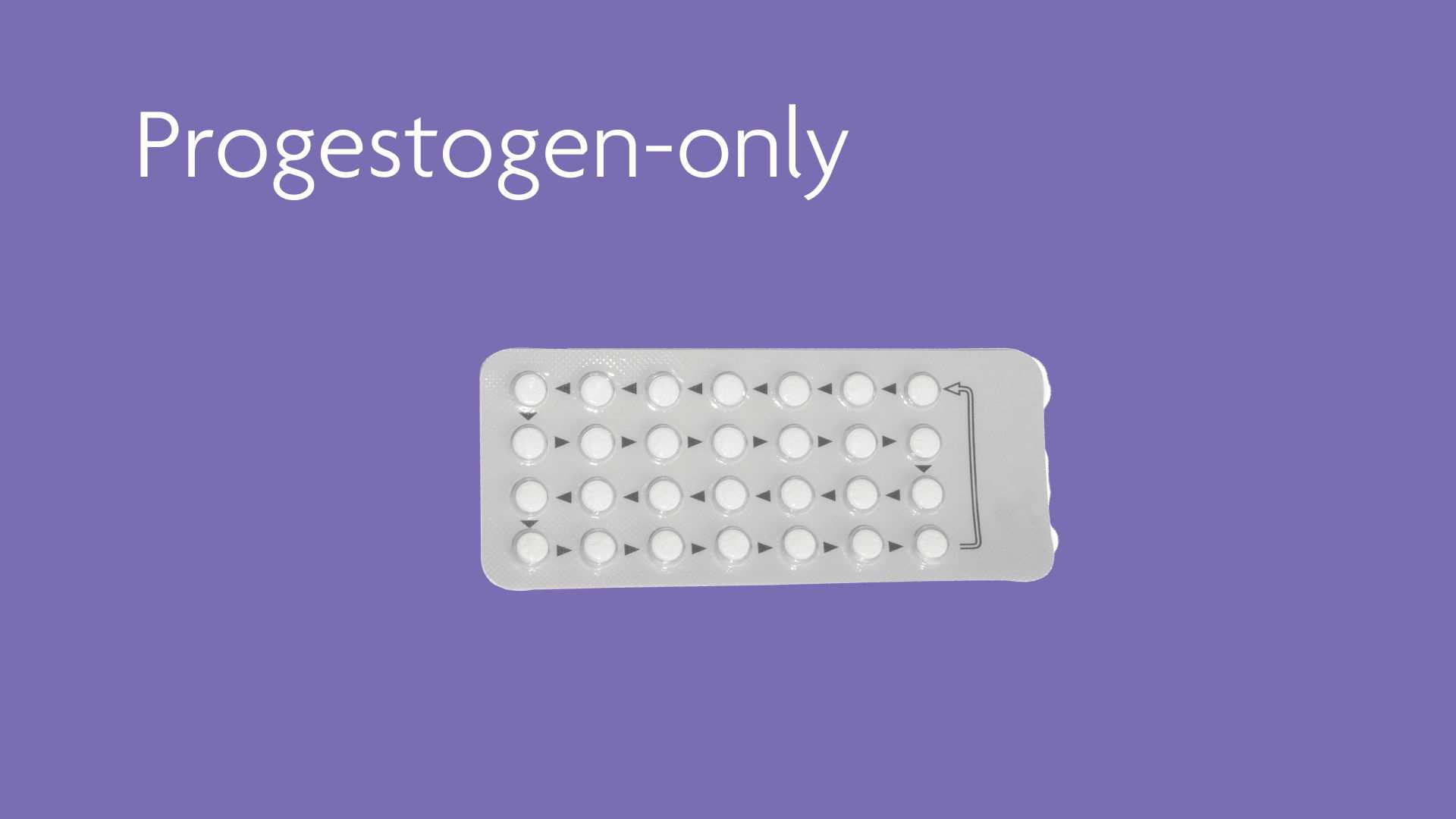
Offers effective protection from pregnancy.
It must be taken at the same time every day to prevent pregnancy. It contains small amounts of the hormone progestogen. There are 2 types of progesto-gen-only pills, both thicken the cervical mucus to prevent the sperm from reaching the egg, some also prevent the ovary from releasing an egg each month. Periods may become irregular, lighter, more frequent or stop altogether. Missing a pill, vomiting or severe diarrhoea make it less effective. Normal fertility returns as soon as you stop using it. It is usually suitable if you cannot take the combined pill, for example if you smoke and are over 35.
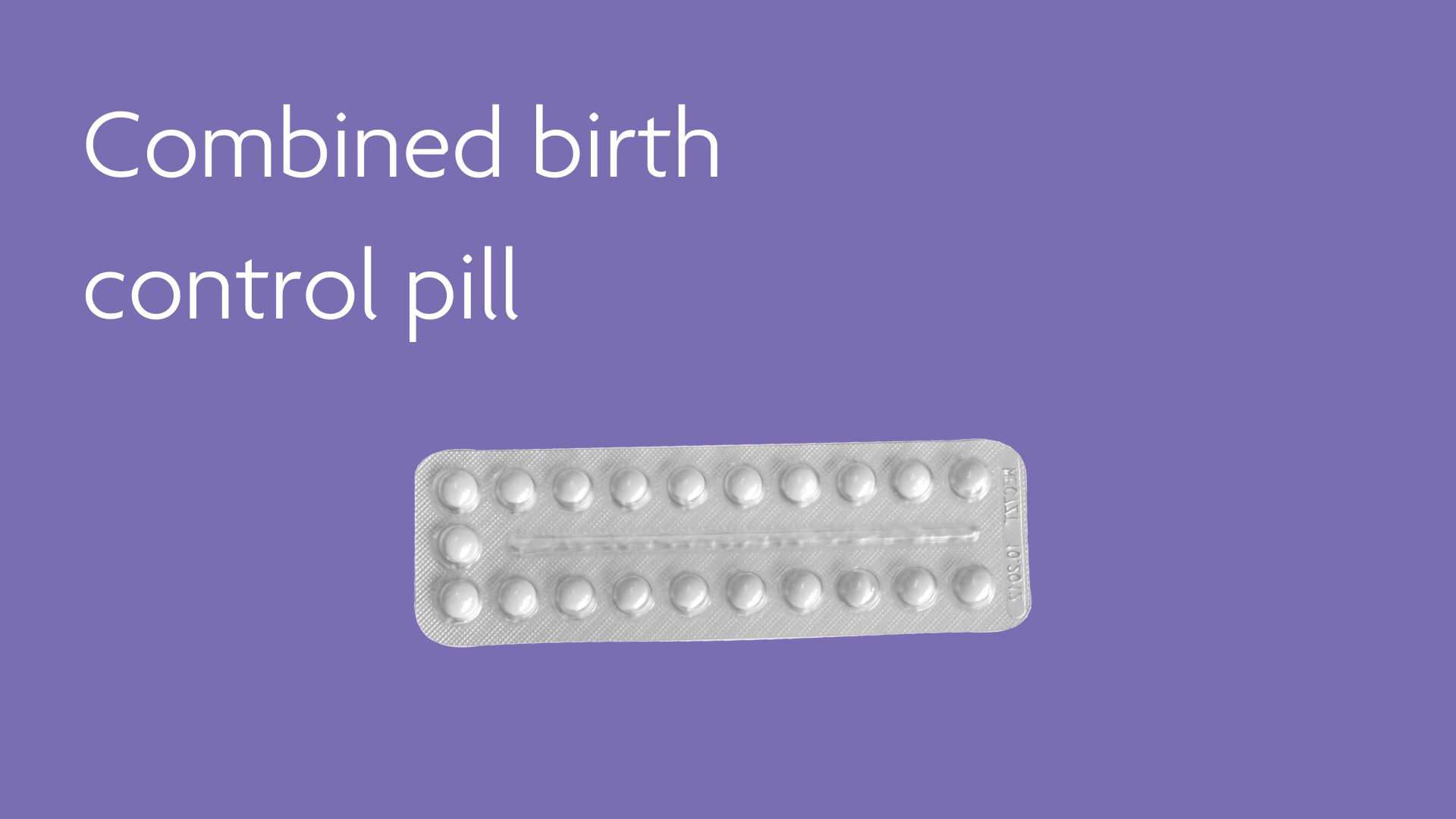
Offers effective protection from pregnancy.
This must be taken daily to prevent pregnancy. The pill is made of hormones similar to those found naturally in a woman’s body. It works by preventing the ovary from releasing an egg. Periods may become regular, lighter and less painful. Missing a pill,vomiting or severe diarrhoea make it less effective. Normal fertility returns as soon as you stop using it. If you run out of pills you can get 28 day's emergency supply without prescription from any pharmacy.

Offers effective protection from pregnancy.
A 4cm square plastic patch that sticks to the skin. The patch contains the same hormones used in the combined pill, which prevent the ovary from releasing an egg. These hormones are absorbed through the skin into the bloodstream. New patches are applied weekly. It is not affected by vomiting and diarrhoea. Periods may become regular, lighter and less painful. It may be seen on the skin or cause skin reactions. It can fall off without you noticing. Normal fertility returns when you stop using it. May not be suitable if you smoke and are over 35.
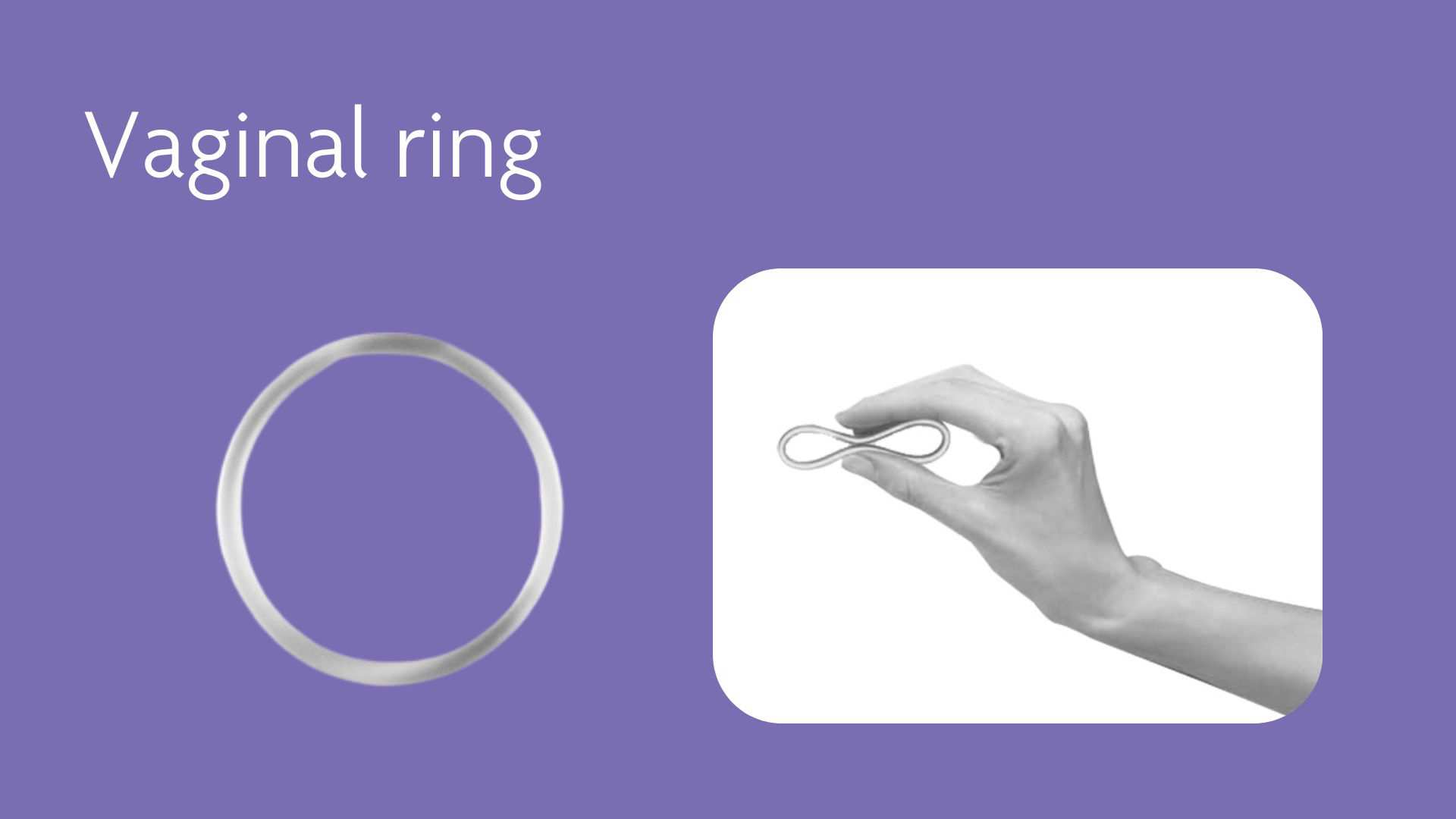
Offers effective protection against pregnancy.
A flexible, transparent, plastic ring. You place it in your vagina yourself, and leave it in place for 3 weeks. It releases the same hormones used in the combined pill, which prevent the ovary from releasing an egg. It does not interfere with sex and you don’t have to have to think about it everyday. It is not affected by vomiting and diarrhoea. Periods may become regular, lighter and less painful. Normal fertility returns when you stop using it. It may not be suitable if you smoke and are over 35.
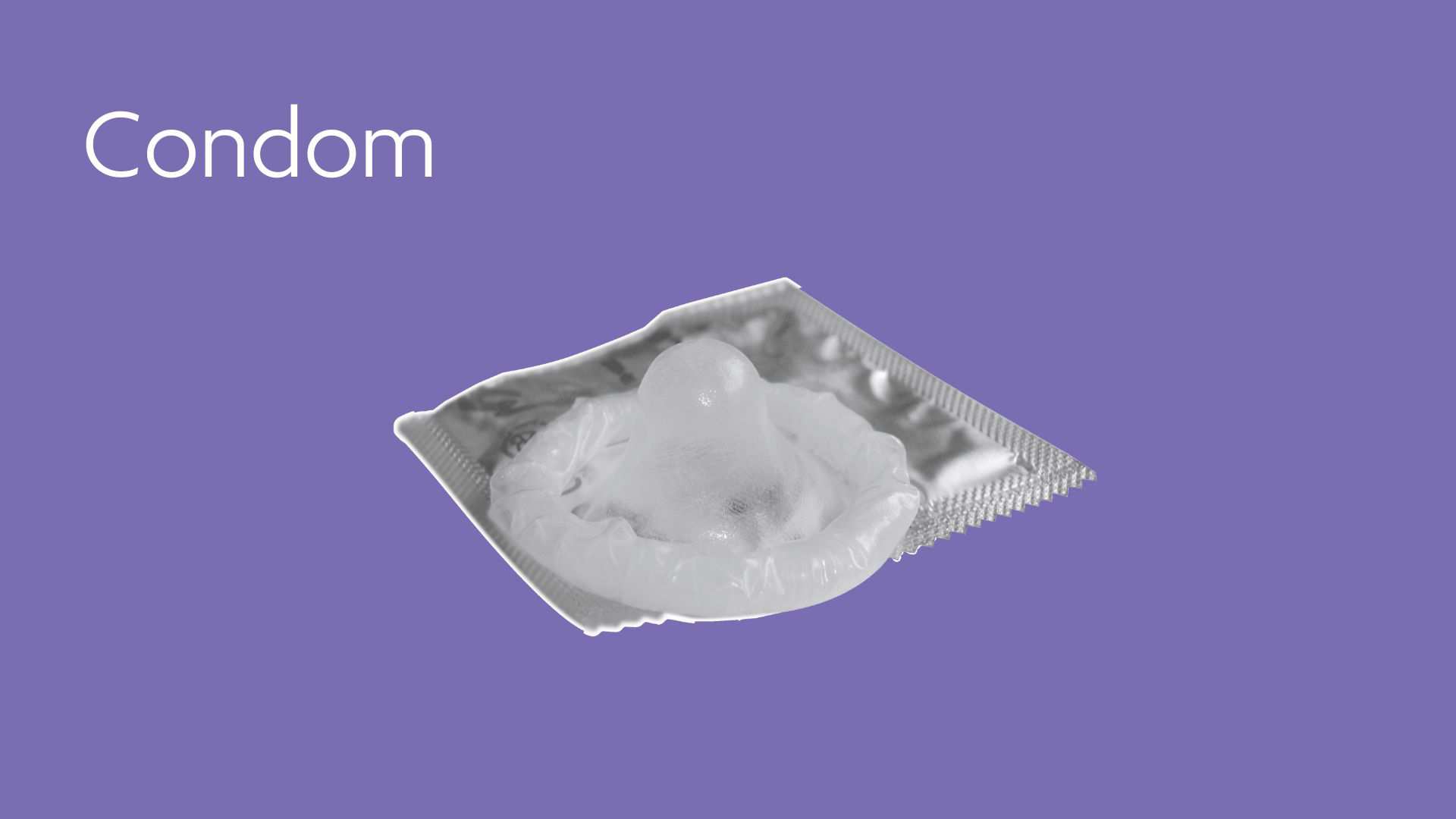
Male and female condoms prevent sperm from entering the vagina and fertilising an egg. The male condom fits over the man’s erect penis and the female condom fits inside the woman’s vagina. Condoms can interrupt sex and may split or slip. Condoms are the only method of contraception to provide some protection from sexually transmitted infections. All condoms can be used with water based lubricants.

A woman learns to tell the fertile time of her monthly cycle by daily monitoring of her bodily changes. She monitors and records the length of her monthly cycle, temperature, secretions,changes to the cervix, and may use fertility prediction devices. During the fertile time, a couple avoids vaginal sex or they use another method such as condoms. There are no physical side effects. Some FAM methods may be hard to use during fever,vaginal infection, after childbirth, or while breastfeeding. Some areas have limited availability of suitably trained healthcare professionals to teach this method.
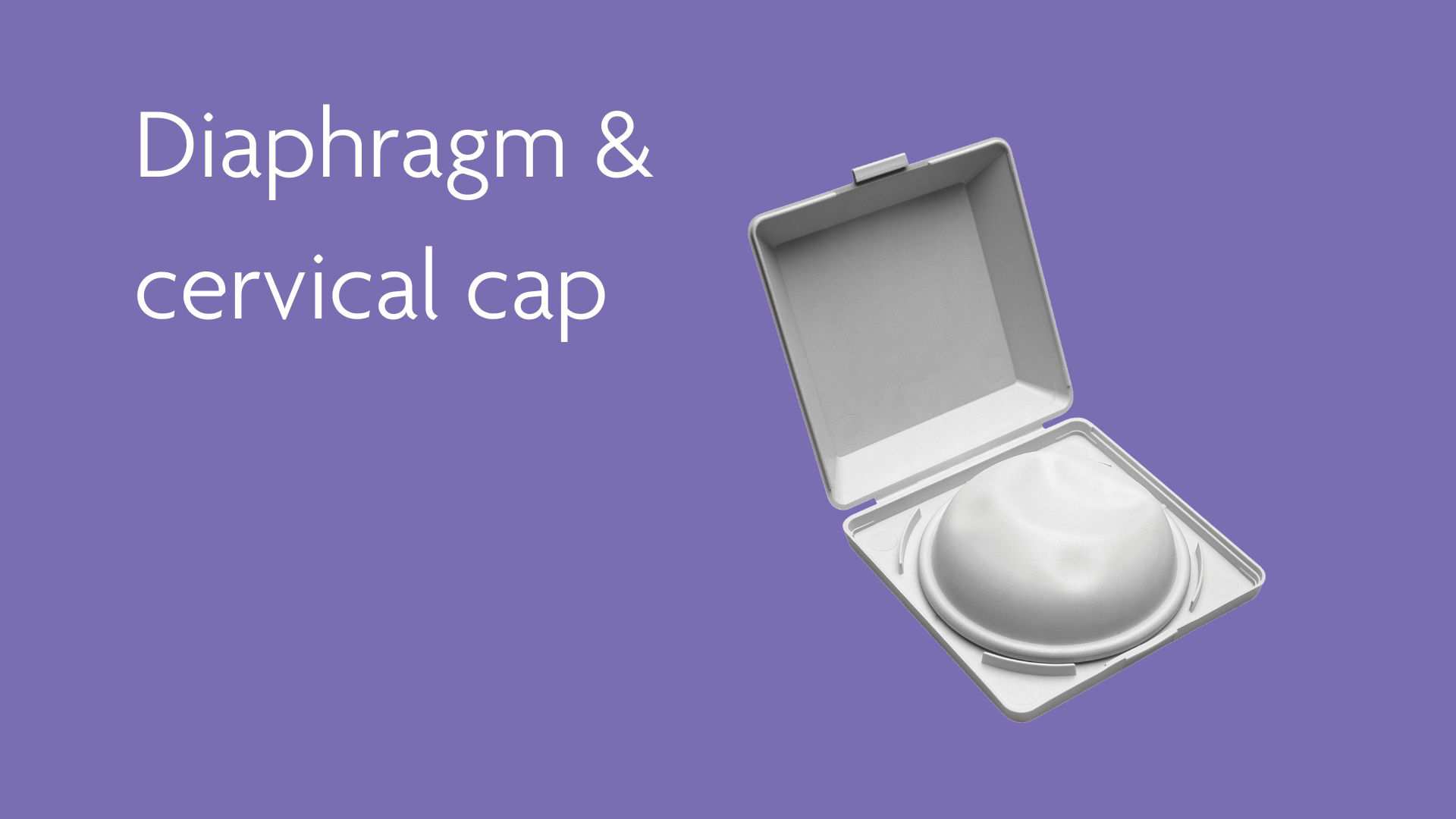
Diaphragms are circular domes made of thin, soft latex (rubber) or silicone with a flexible rim. Cervical caps are smaller and are made of latex or silicone. Diaphragms and caps are barrier methods of contraception, meaning they prevent sperm and egg from meeting. They fit inside your vagina and cover your cervix (the entrance to the womb).They come in different shapes and sizes, so a doctor or nurse will need to make sure of the correct fit at first. To be effective, diaphragms and caps need to be used with a spermicide (which some women find messy).

The man withdraws his penis from the woman when he feels he is going to ejaculate. He then ejaculates outside her body. It is not a very effective way to prevent pregnancy as sperm can leak before ejaculation. It has a relatively high failure rate and requires great control and much practice.

More information
For more information you can refer to the following websites. Please note that none of these sites are specifically aimed at women who are considering abortion treatment:
- See www.contraceptionchoices.org for more information
- Contraception is free on the NHS click here for more information
- Contraception may now be available remotely from pharmacists without a prescription- Chemist 4 U
More services and information
